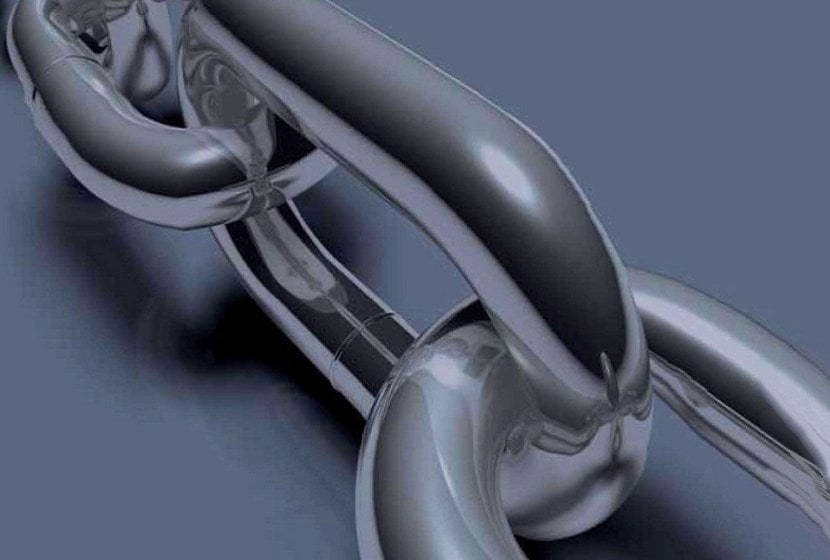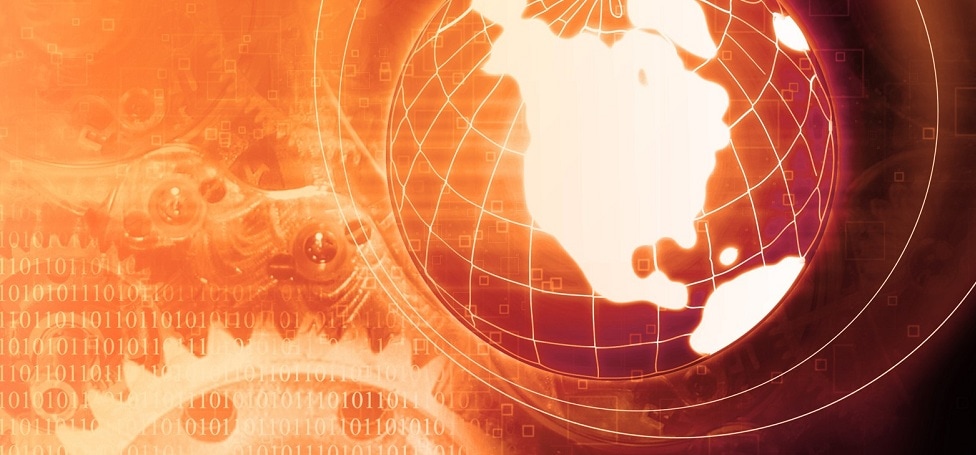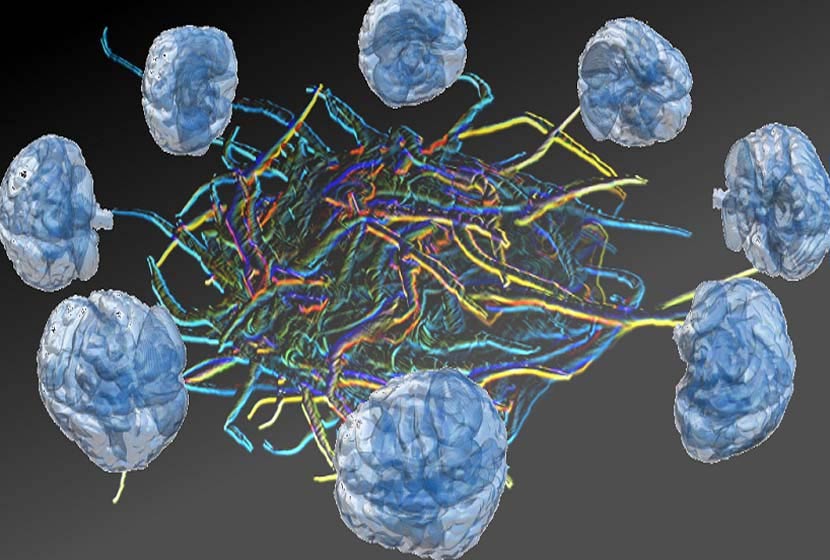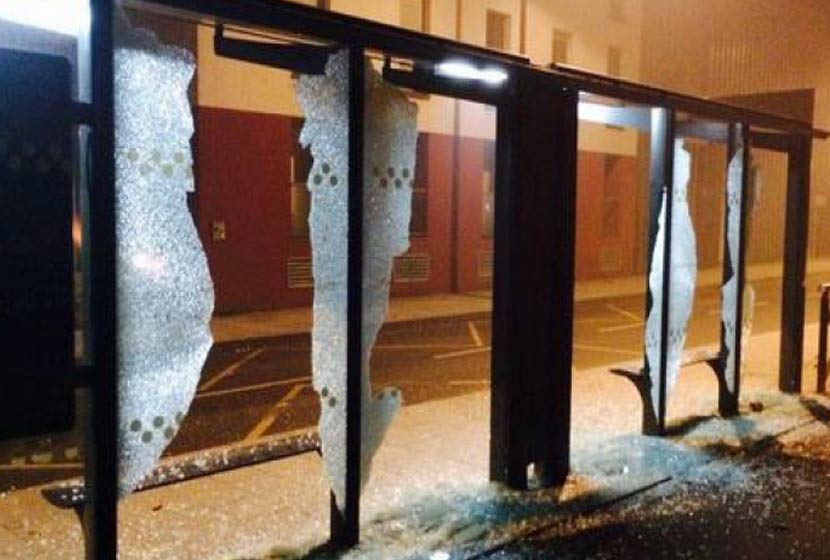Orwell was right; he was simply wrong about the date. Contemporary society is imperceptibly becoming a surveillance society as technology changes. And this slow but incoercible transformation is taking place in spaces at the heart of which democracy is being undermined. Big Brother took place in a totalitarian society in which one could imagine nuclei of rebellion. The society of freedom in which we live is the framework for a much more subtle implantation of varied and convergent means of control and surveillance; protest cannot take place because, slowly mithridatized, it finds itself devoid of any capacity for reaction.
In the 19th century and until recently, police officers kept a record of potentially dangerous individuals in anthropometric diaries. Anthropometrics measured the physical profile of individuals. Contemporary identification technologies, and biometrics in particular, follow fairly similar paths, since they involve transforming a physical characteristic of an individual into a print, but this time digital. Biometrics thus encodes stable and permanent characteristics of a human person. The person can then undeniably be recognized, identified and possibly traced.
Contemporary biometric passports contain digitized data that allow recognition of what is most intimate in us: our biological trace. Initiated in the United States after the attacks of 11 September, these procedures respond to particular circumstances and are, under the cover of protection and security, more or less generally accepted in the name of "circumstantial tolerance". (1). The philosopher Giorgio Agamben doesn't hear it with this ear and rebels against this true "biopolitical tattoo" which would translate a progressive animalization of man implemented through the most sophisticated techniques. (2) .
● Biometrics is only one part of a broader set of technologies contributing to building a society in which individuals are identified and located. What is being built before our eyes is "a multi-layered network, an invisible millefeuille of which each component is part of an overall edifice. » (3)
Geolocation satellites, mobile phones, digital maps, the Internet, surveillance cameras, biometric systems, all these technologies converge to weave a network in which the individual is no longer anonymous, no longer manages to preserve his or her privacy. Society is becoming "panoptic" to paraphrase Jeremy Bentham. But all this is nothing compared to what appears: the emergence of a society made up of billions of snitches, ubiquitous sensors of reality.
● Among these sensors, the population of RFID chips is growing exponentially, already far outnumbering humans. These chips, whether active or passive, will be integrated into all the media of our lives, particularly in our bodies, in the form of identification implants or medical monitoring.
Several very concrete projects are now based on the implantation of subcutaneous fleas first on animals, and in the very near future on humans. A Spanish nightclub is now offering its customers a subcutaneous chip to make it easier for them to pass through the entrance and pay for drinks. The US Food and Drug Administration has given its approval to Verichip to implant an RFID identification chip under the skin of patients. And the British forerunner Kevin Warwick is calmly envisaging by 2015 the implantation of chips in the brain, which would allow us to communicate through thought, including at a distance via the Internet (4).
 More prosaically, these sensors penetrate the smallest objects in our daily lives: from the tube of toothpaste we use every morning to the refrigerator in the kitchen. These "intelligent objects" are an integral part of the ubiquitous network; they emit multiple pieces of information and locate the objects they inhabit. They are able to feel and act on their environment, whether it is a physical space, a machine, a body. They are connected to each other in autonomous networks. (5) ...forming the immaterial synapses of the global superorganism. Moreover, their miniaturization makes it possible to transform them into intelligent dust, the smart dustsThe microscopic size of the material can be spread over any surface. Marketed since 2004, they represent both a tremendous opportunity - for example in the monitoring of forest areas in the face of fire threats - and an unprecedented risk of intrusion into the lives of everyone.
More prosaically, these sensors penetrate the smallest objects in our daily lives: from the tube of toothpaste we use every morning to the refrigerator in the kitchen. These "intelligent objects" are an integral part of the ubiquitous network; they emit multiple pieces of information and locate the objects they inhabit. They are able to feel and act on their environment, whether it is a physical space, a machine, a body. They are connected to each other in autonomous networks. (5) ...forming the immaterial synapses of the global superorganism. Moreover, their miniaturization makes it possible to transform them into intelligent dust, the smart dustsThe microscopic size of the material can be spread over any surface. Marketed since 2004, they represent both a tremendous opportunity - for example in the monitoring of forest areas in the face of fire threats - and an unprecedented risk of intrusion into the lives of everyone.
● Researchers at Surveillance Studies Network estimates that the surveillance society has created an economic sector valued at $1 trillion worldwide, covering a wide range of goods and services. They warn: "the surveillance society has slowly, subtly and imperceptibly become a reality. »
● These technologies, which are multiplying and diversifying at exponential speed, are radically transforming the conditions in which human societies are called upon to live. The dematerialization and invisibility of these devices make them much more easily accepted. They integrate the smallest object of our daily life, they mesh in a net of unprecedented finesse, the smallest piece of the territory on which humans live. We don't see them, but they are there.
Moreover, these technologies are perceived as advances: they are practical, they provide undeniable services in terms of safety or health, and they are often fun. They penetrate society like Trojan horses, anaesthetizing any reaction. Have we thus surreptitiously entered the era of "voluntary servitude"? This event is not science fiction. It is our contemporary and requires reflection.
(1) These are the terms used by the philosopher Pierre-Antoine Chardel, head of the Ethics, Technologies, Organizations and Society Research Group at the Institut Télécom.
(2) See: Giorgio AGAMBEN, Non au tatouage biopolitique, in Le Monde, 10 January 2004.
(3) Michel ALBERGANTI, Sous l'œil des puces. RFID and democracy, Edisud, 2007
(4) See: Jean-Michel CORNU & Daniel KAPLAN, ProspecTic 2010, FING, Irepp, 2005 and Michel ALBERGANTI, Sous l'œil des puces, Edisud, 2007.
(5) Work is under way in the United States and Europe to develop, by 2020, autonomous networks capable of configuring, optimising and protecting themselves.












